- Joined
- Jun 7, 2014
- Messages
- 2,909
- Reaction score
- 4,743
Johnson Car Factory
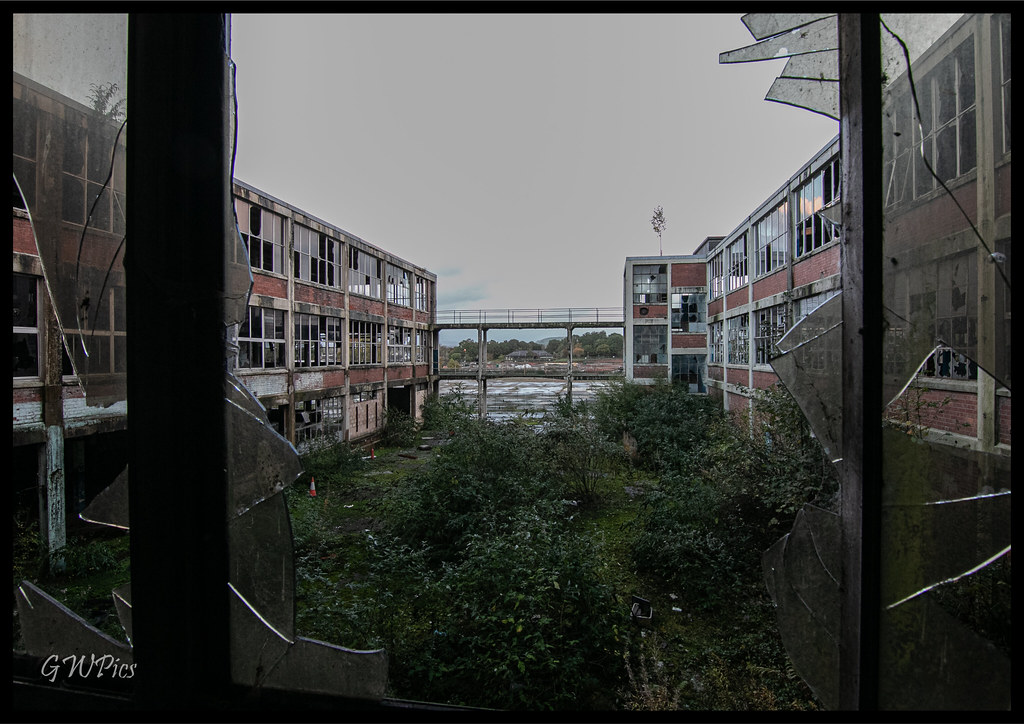
A little slice of Detroit in Scotland is how I would describe this place.
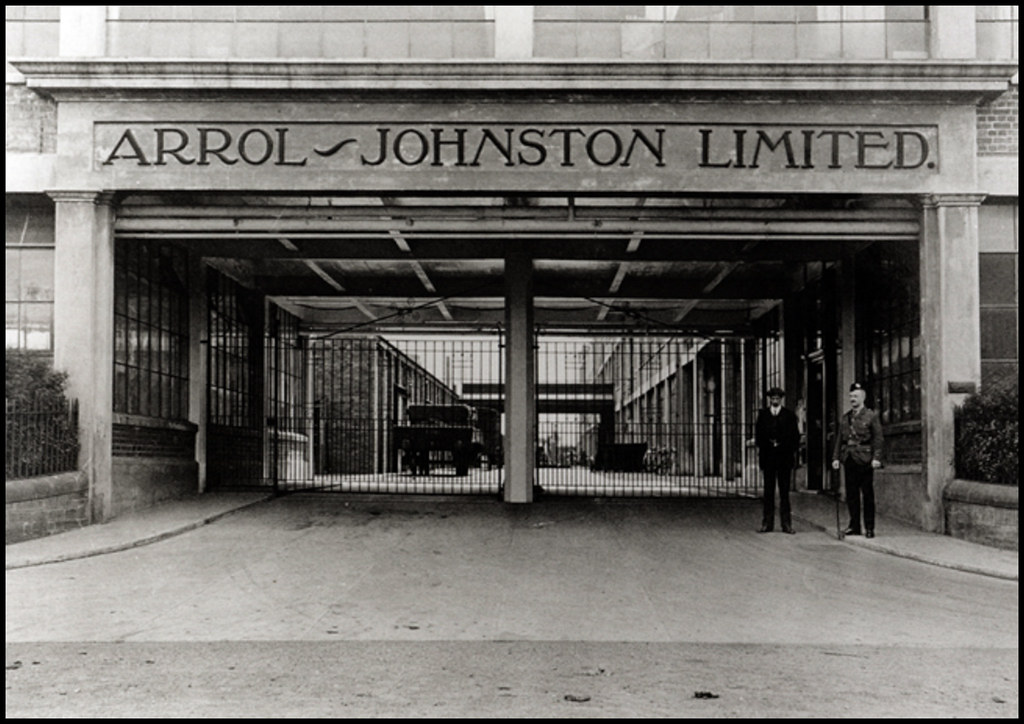
Built in 1913 for the Arrol Johnson Co Ltd, the works comprised a large group of three-storey, reinforced concrete, flat-roofed buildings covering some 250,000 square feet on a riverside site. The design was modelled after the work of Albert Kahn, a German born architect who became the foremost American industrial architect of his day, sometimes referred to as The Architect of Detroit!
Additions in the same manner by Kerr & Watson (Johnstone, Renfrew), 1924. Further additions worth £3 million in 1957, following acquisition of the premises by the North British Rubber Co Ltd
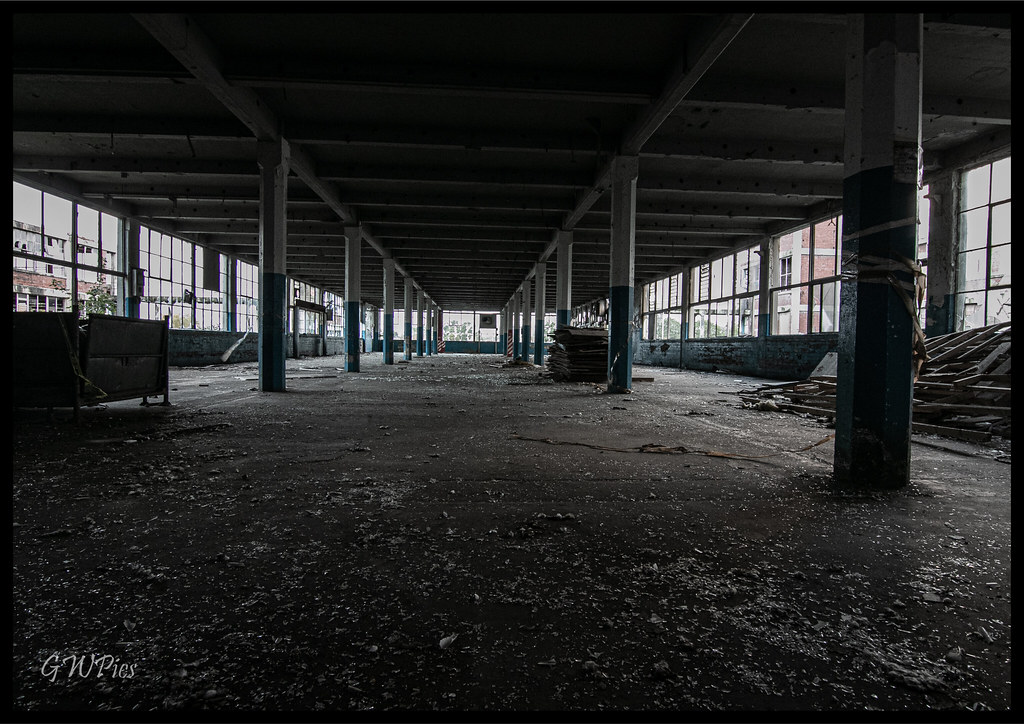
Arrol-Johnston (later known as Arrol-Aster) was an early Scottish manufacturer of automobiles, which operated from 1895 to 1931 and produced the first automobile manufactured in Britain. The company also developed the world's first "off-road" vehicle for the Egyptian government, and another designed to travel on ice and snow for Ernest Shackleton's Nimrod Expedition to the South Pole.
This would have been neither practical nor possible with the technology of the time, but the stunt did provide publicity for the venture and the car, and he provided photographs of the the car in the snowy wastes in return
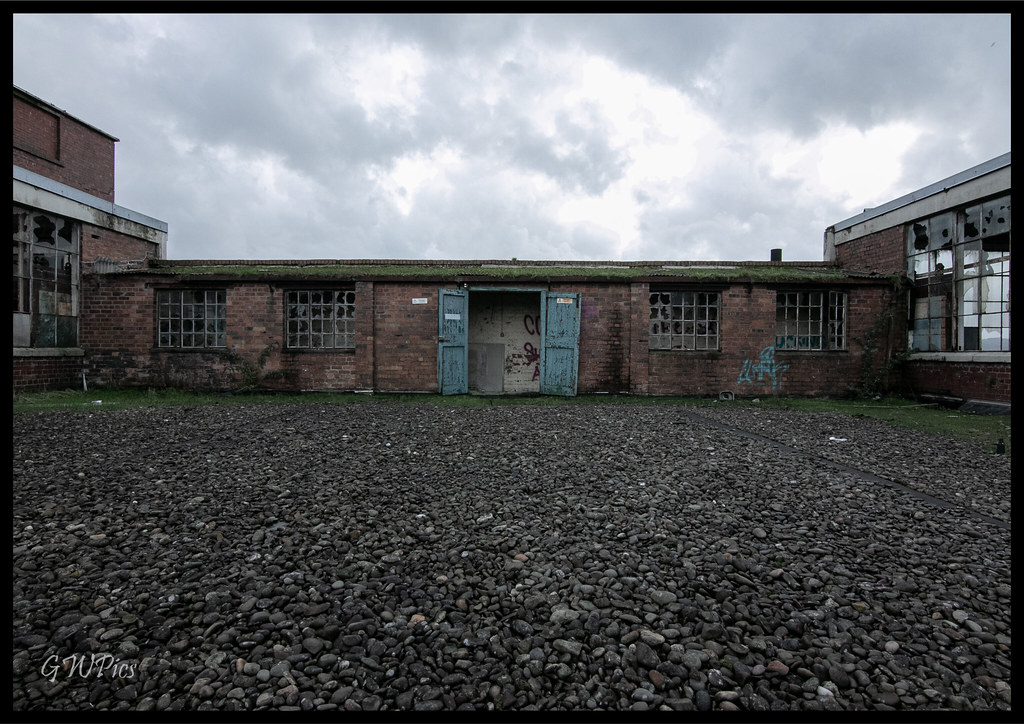
In 1929 Malcom Campbell's record breaking Blue Bird car received its third rebuild. The chassis, engine and drive train remained the same, but the bodywork was replaced with one built in Dumfries by Arrol Aster. The lowered body required a hump around the cockpit where Campbell sat astride the gearbox, and he surface radiators were replaced by a conventional circular nose opening, covered by a distinctive birdcage grille.
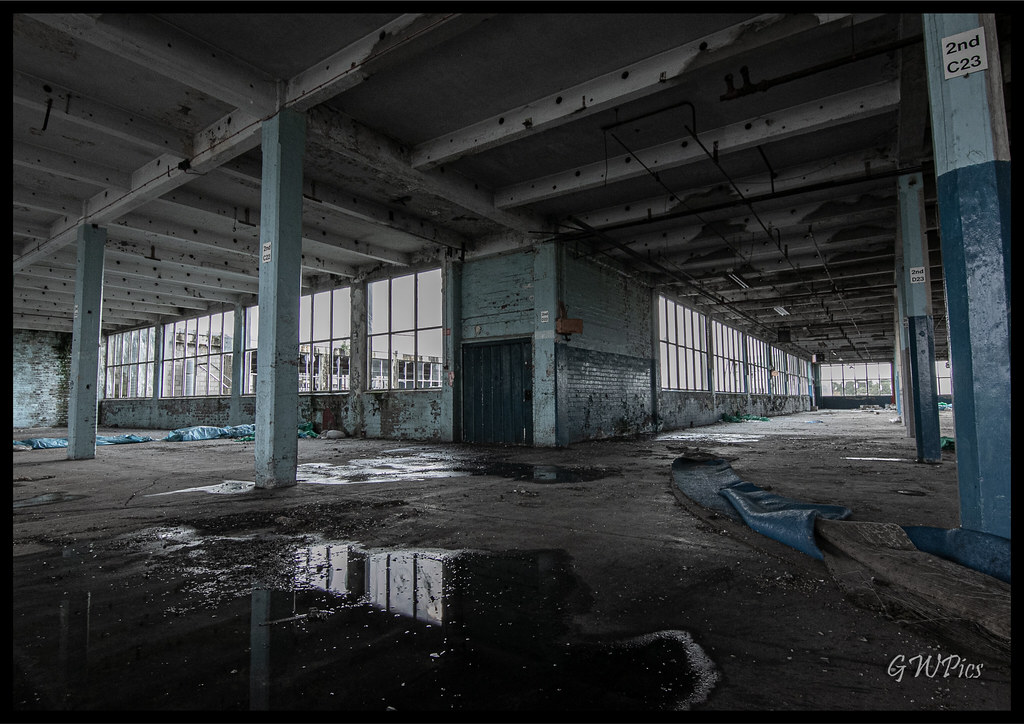
Car production at the works came to an end in the late 1920s, with the factory finally closing in 1931. The site was eventually bought by the North British Rubber Co Ltd in 1946/7, and changed to rubber production. The site is owned by a subsidiary of the Gates Rubber Company.
In 1993, the former Arrol Johnson works was described as "the only virtually complete British example of a concrete framed, multi-storey daylight car factory built in emulation of American principles.
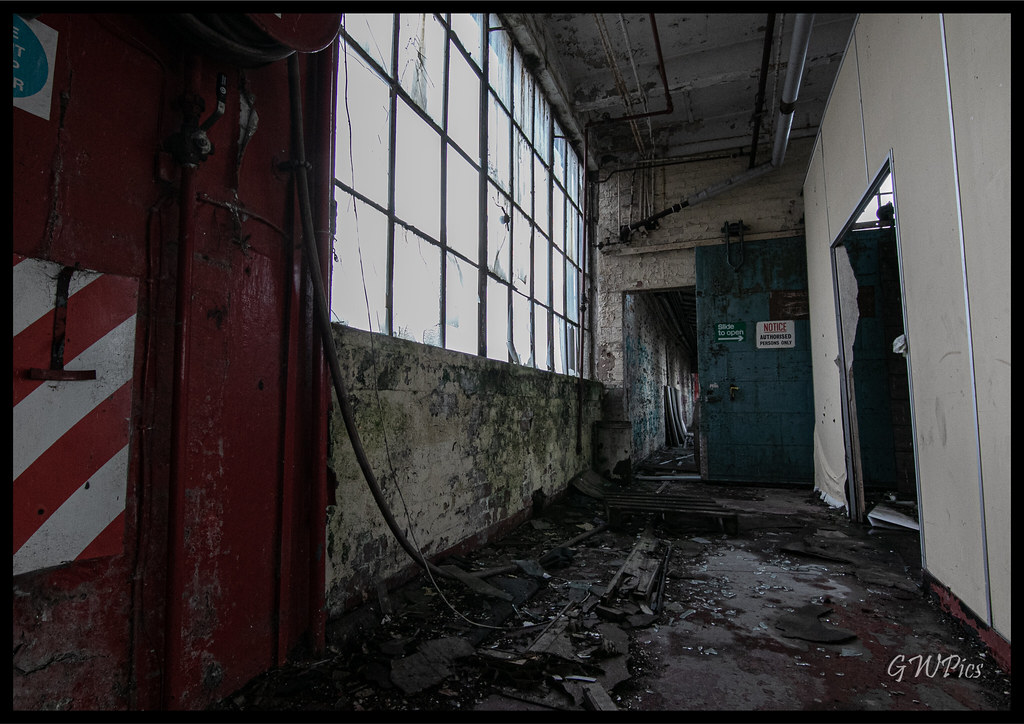
I know many have been here so its a bit repetitive but for a empty building its a pretty awesome place simply by its scale.
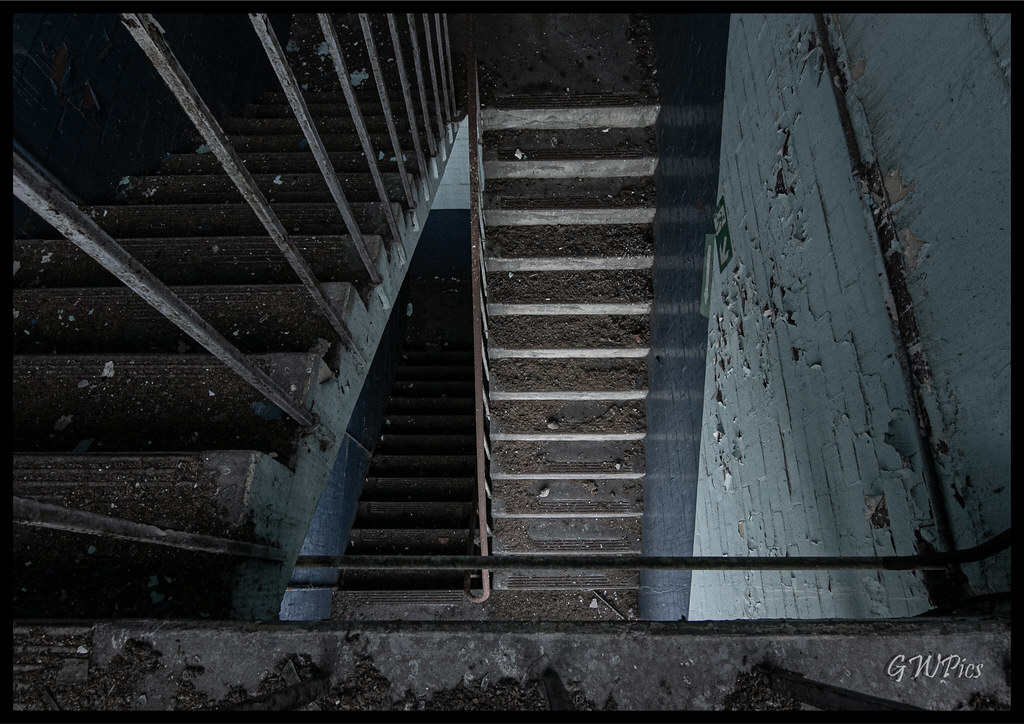
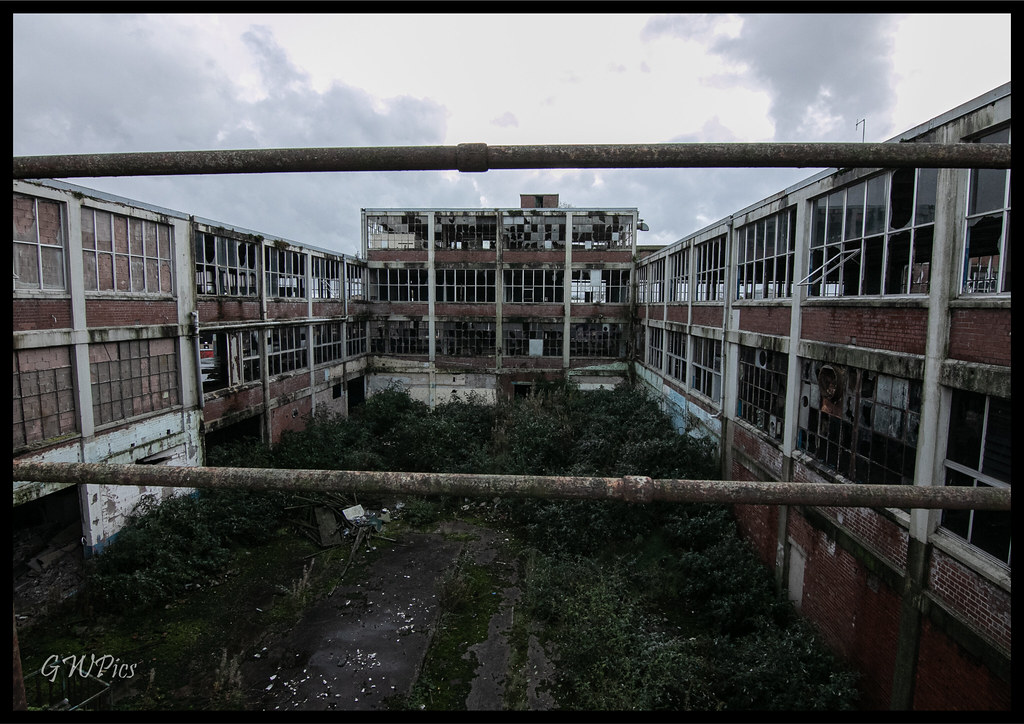
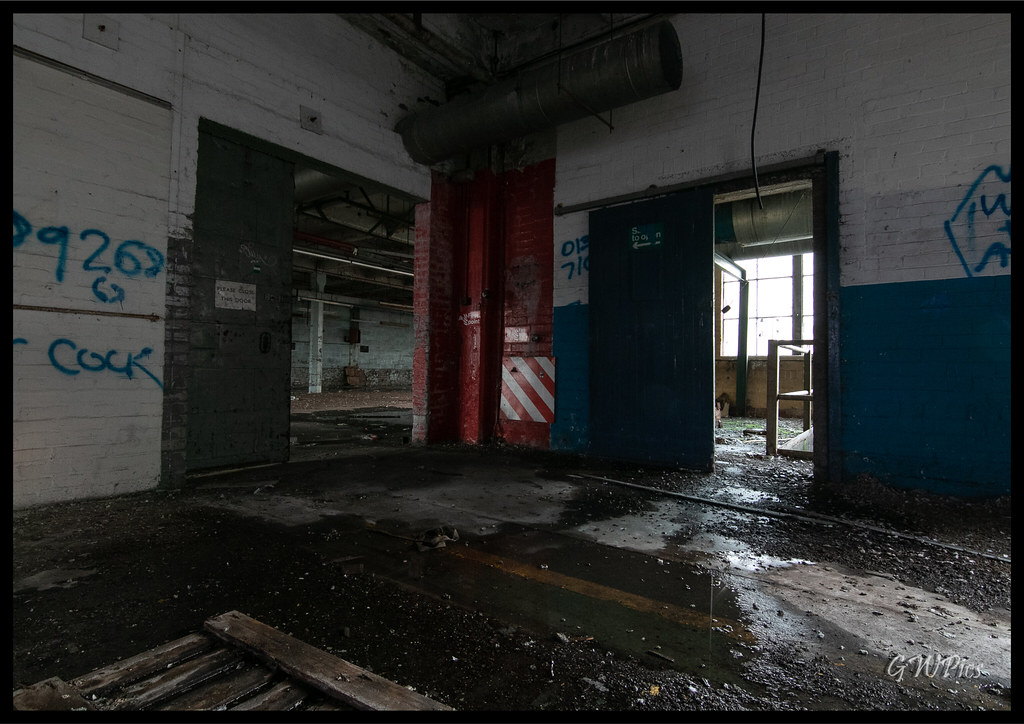
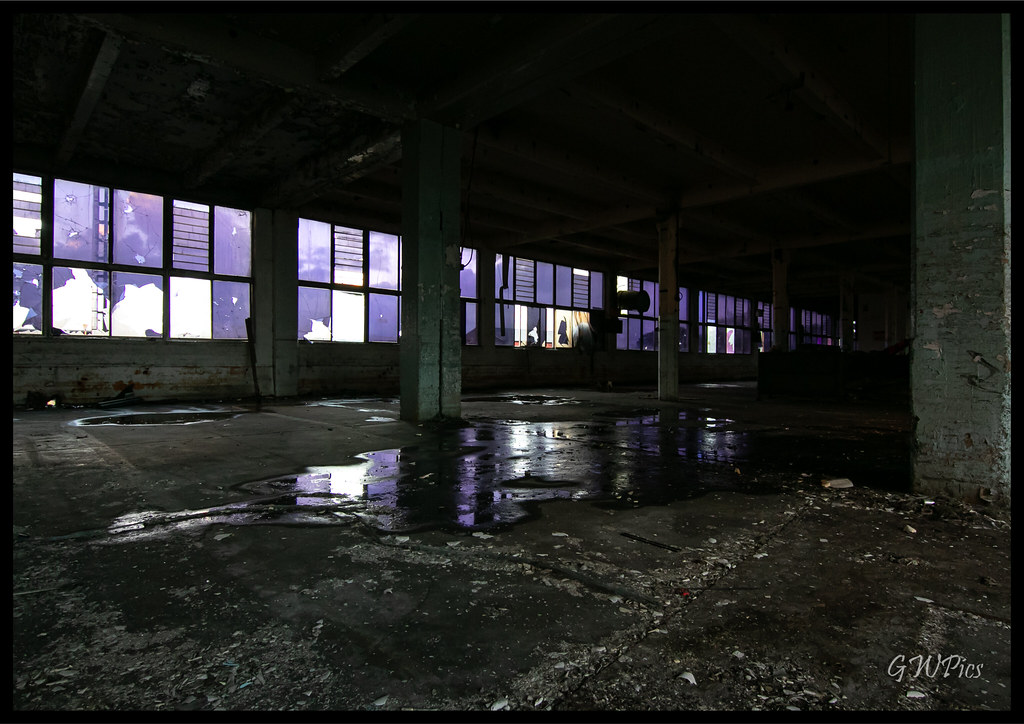
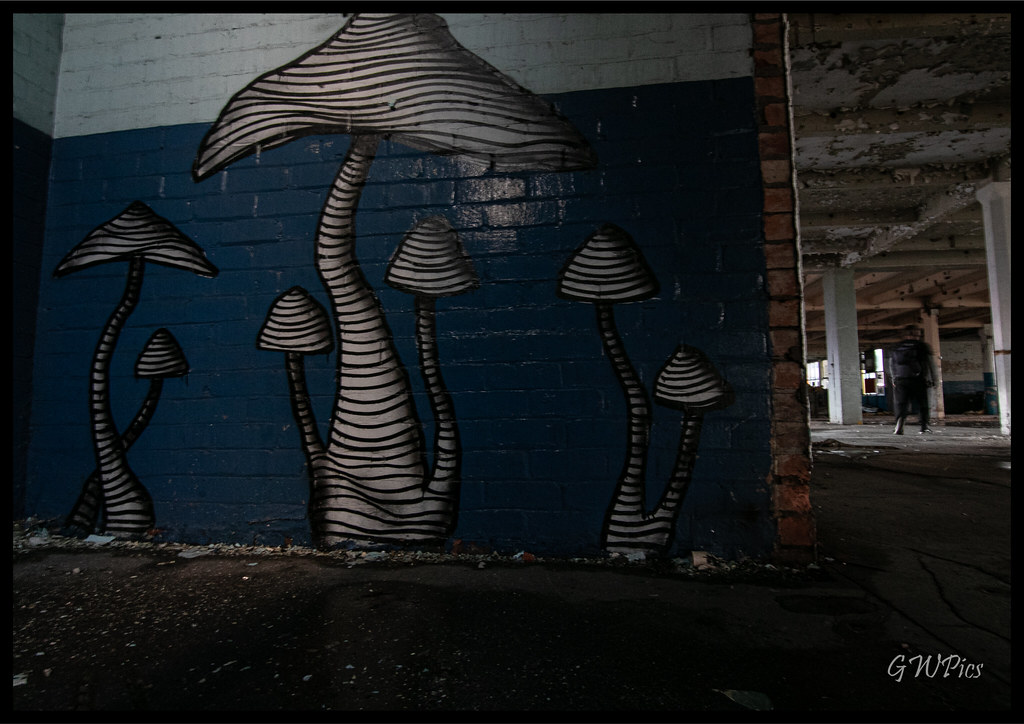
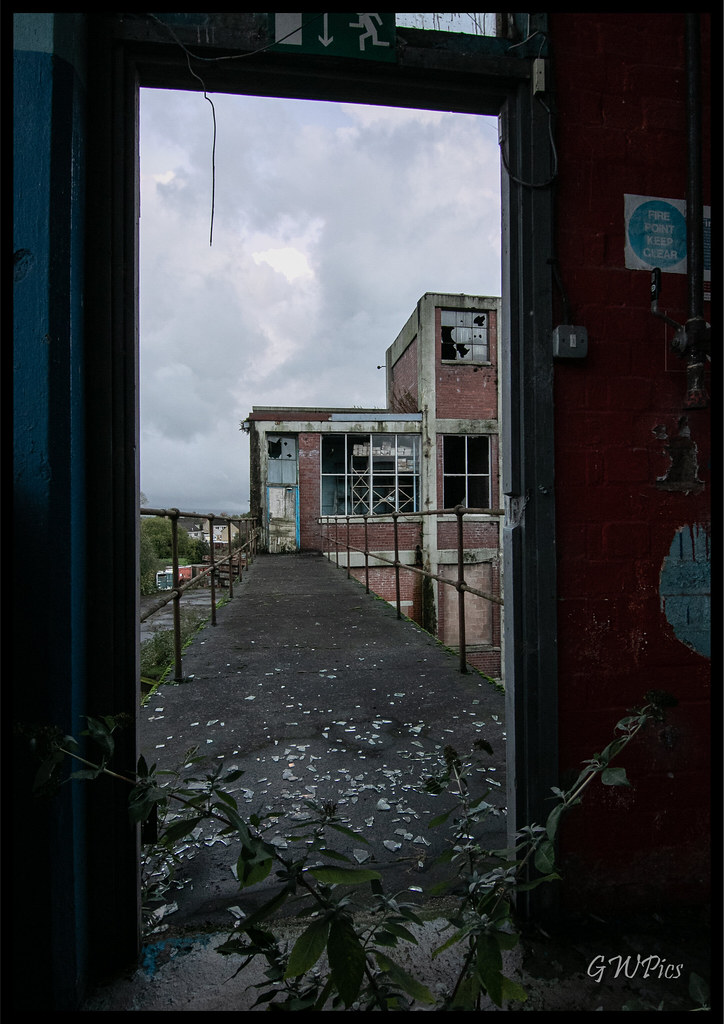
I say its a empty building, strangely this room appeared to of missed the clearing out crew somehow & still had some quite old paperwork!
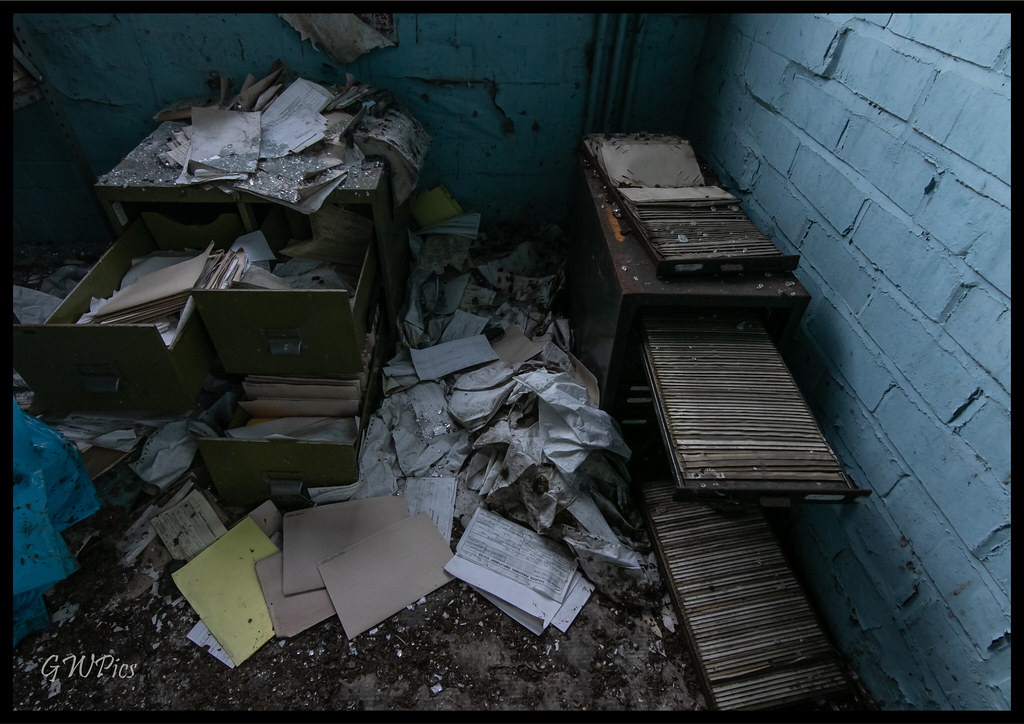
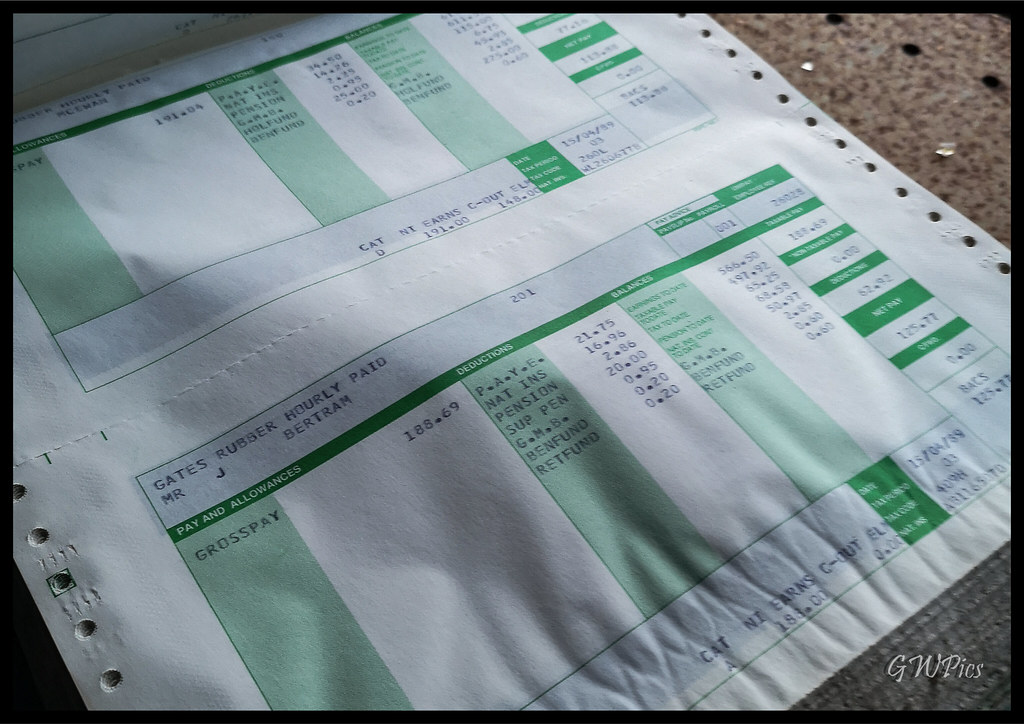
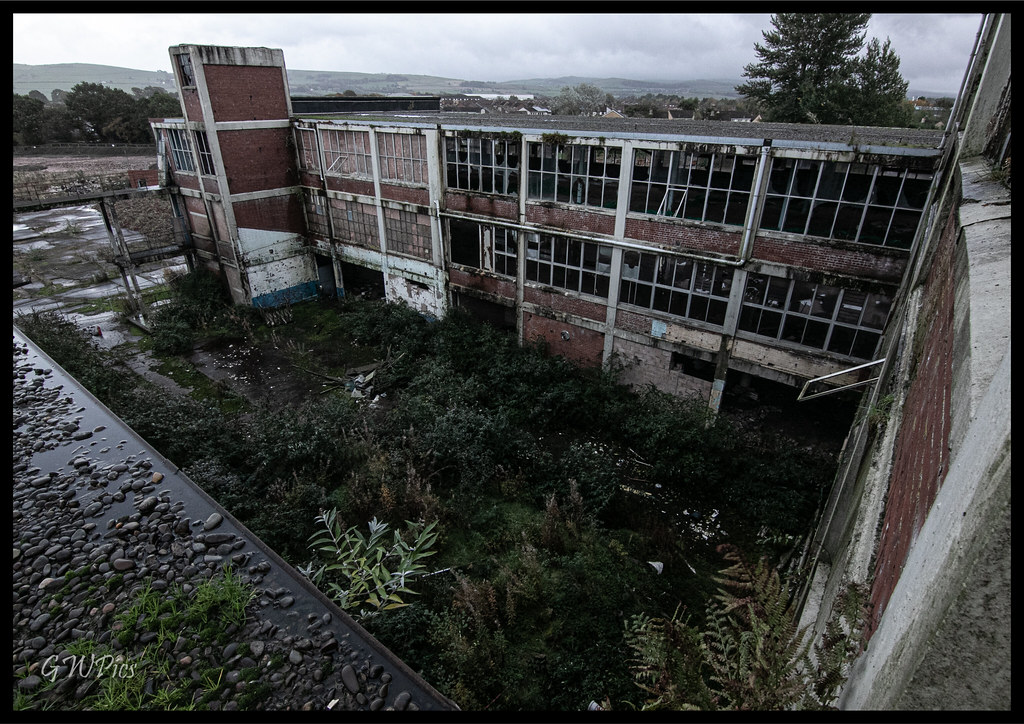
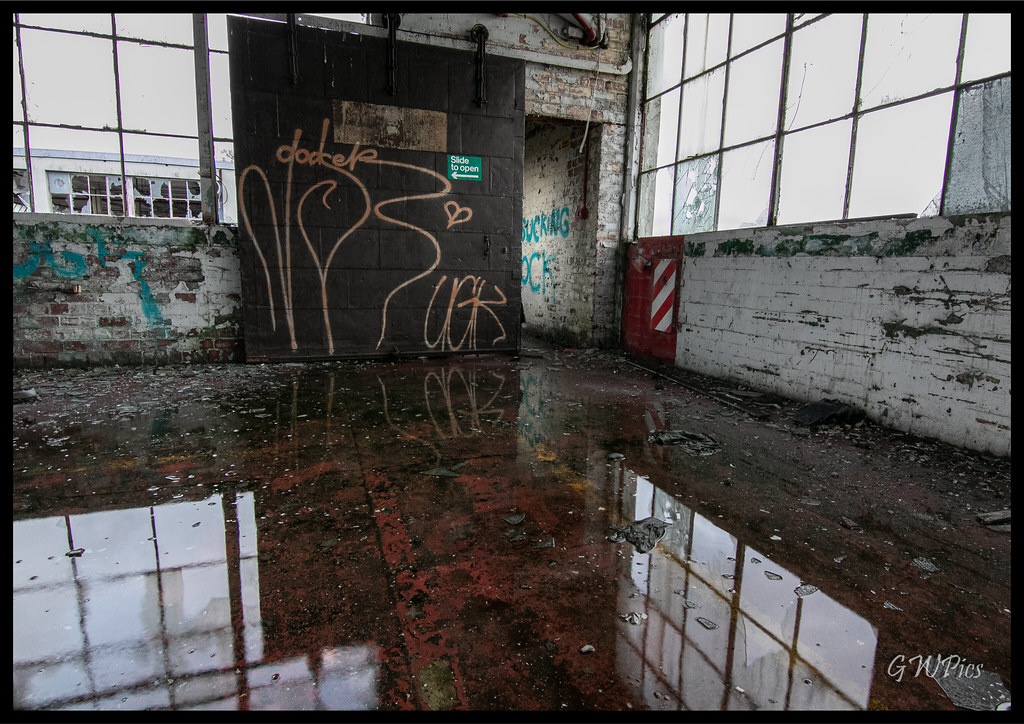
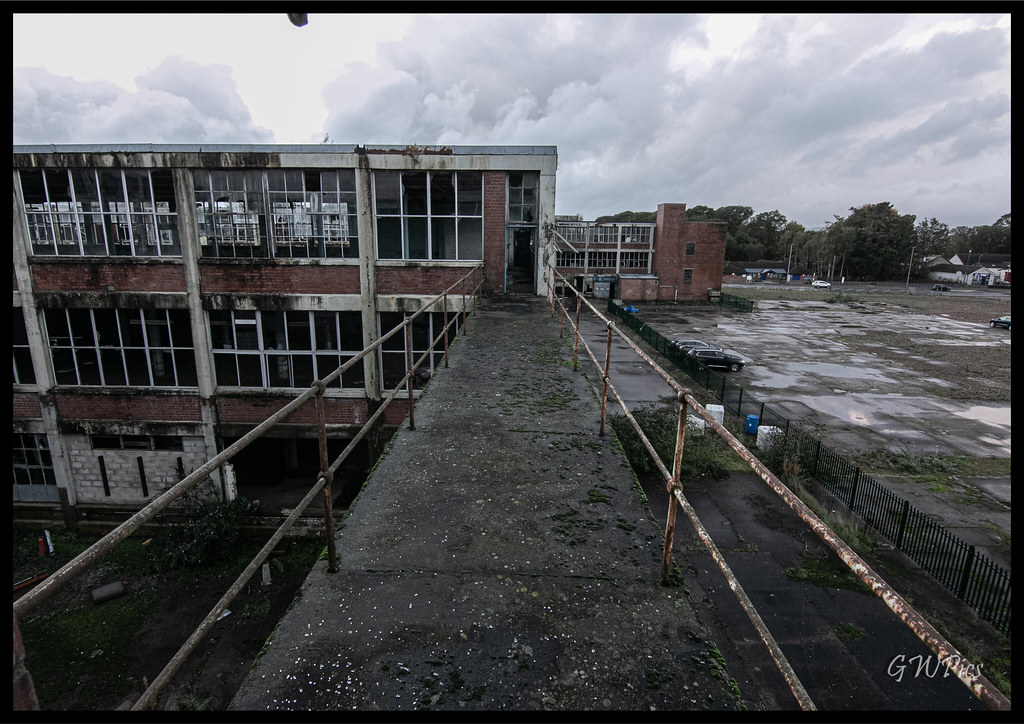
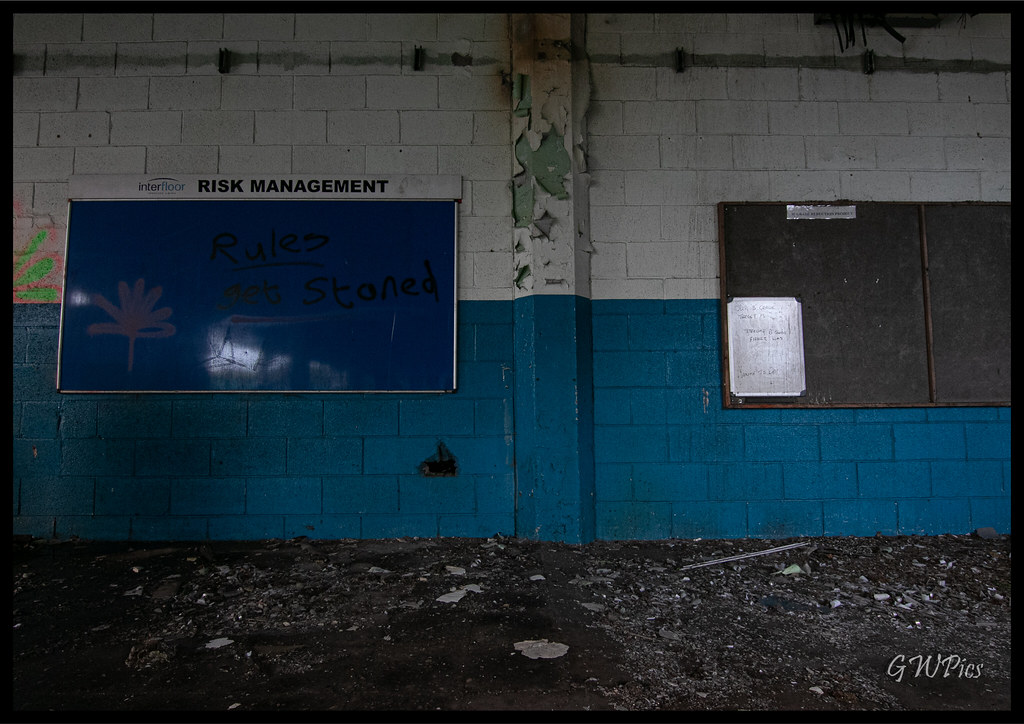
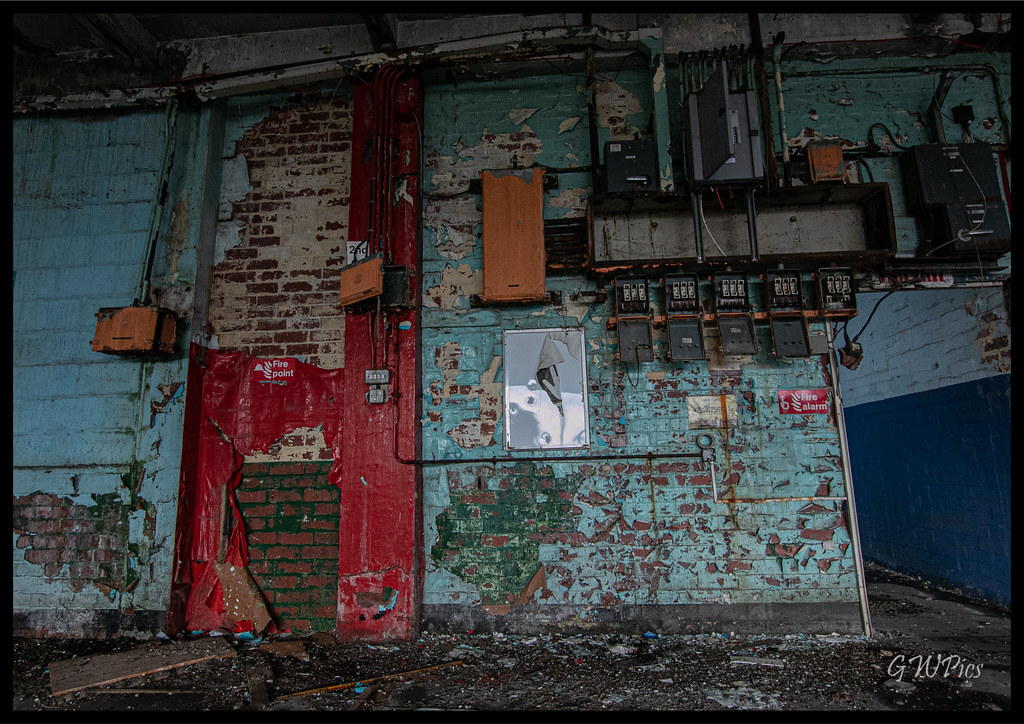
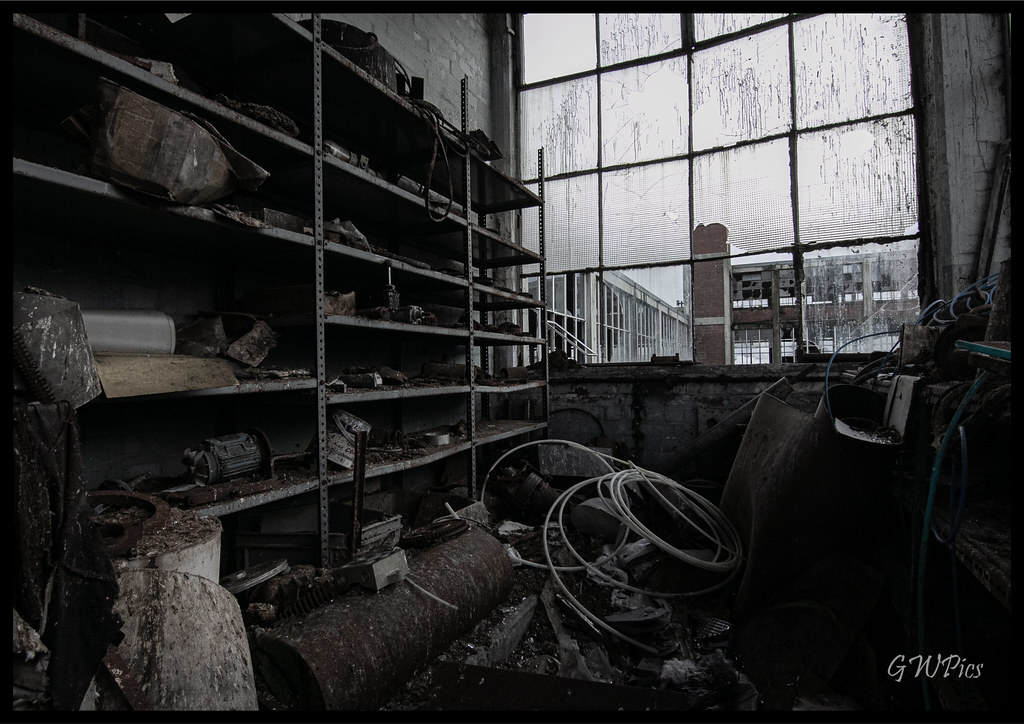
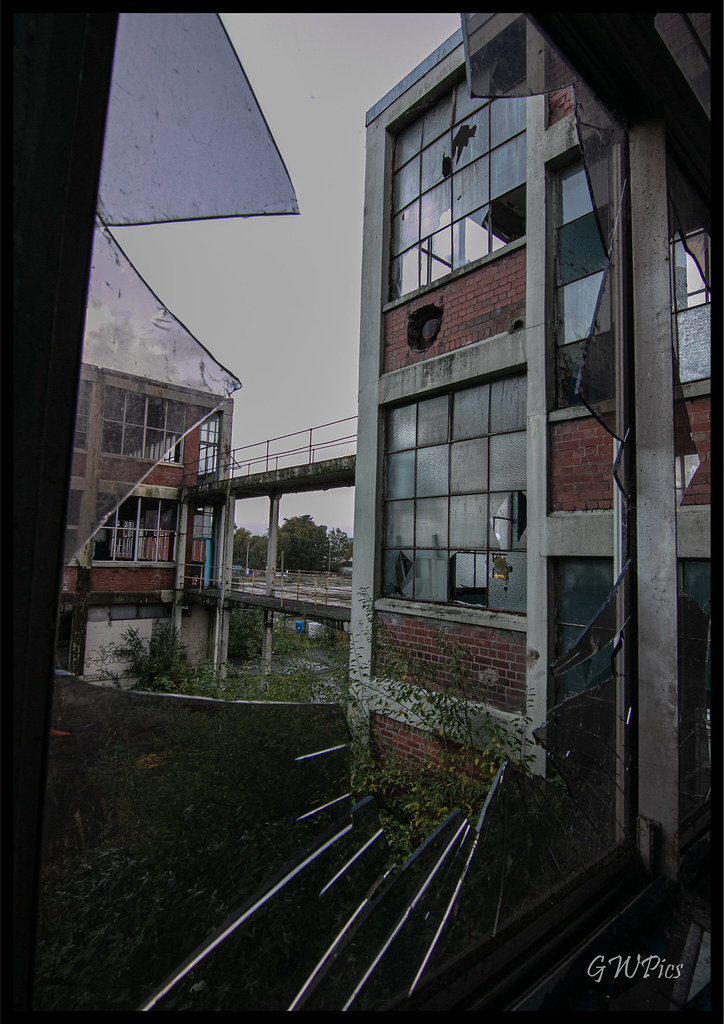
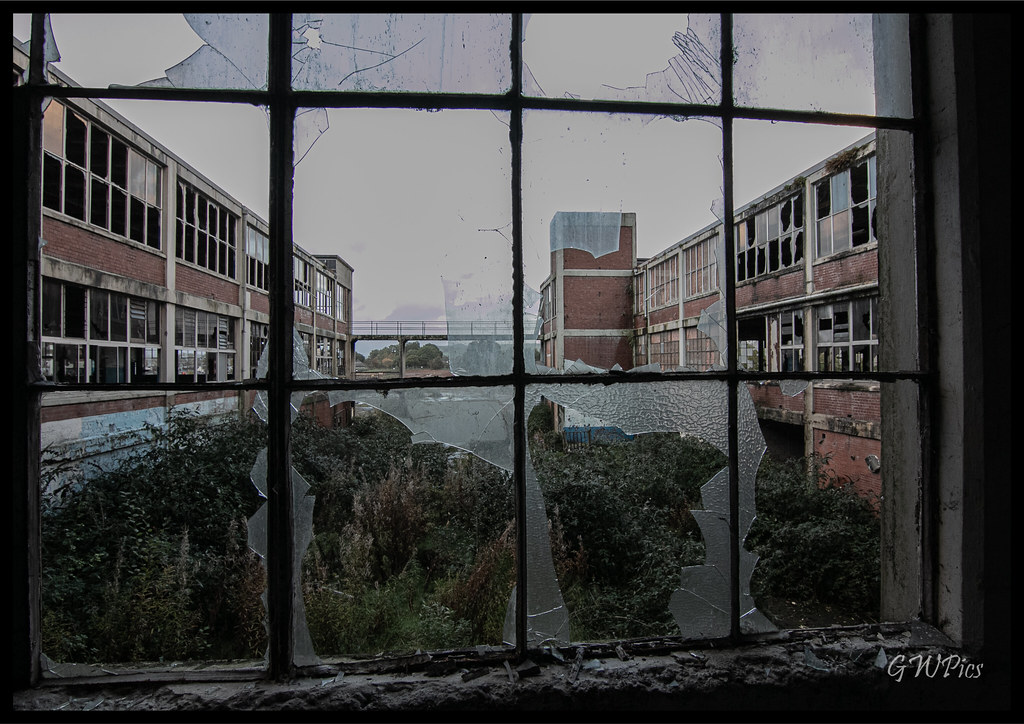
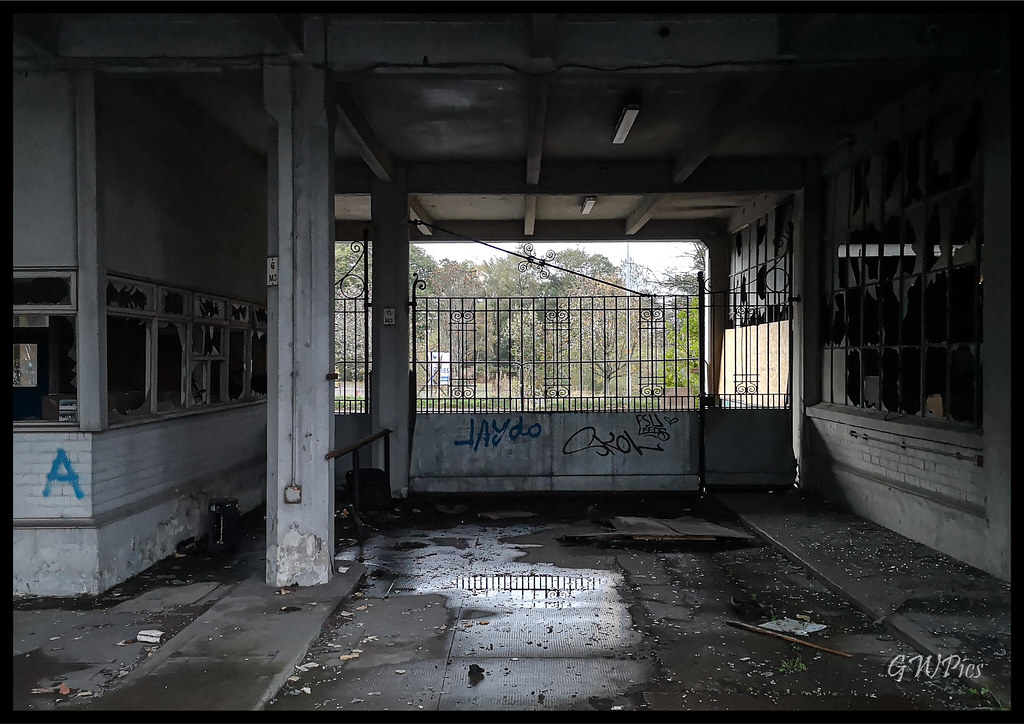
Thanks for looking

A little slice of Detroit in Scotland is how I would describe this place.

Built in 1913 for the Arrol Johnson Co Ltd, the works comprised a large group of three-storey, reinforced concrete, flat-roofed buildings covering some 250,000 square feet on a riverside site. The design was modelled after the work of Albert Kahn, a German born architect who became the foremost American industrial architect of his day, sometimes referred to as The Architect of Detroit!
Additions in the same manner by Kerr & Watson (Johnstone, Renfrew), 1924. Further additions worth £3 million in 1957, following acquisition of the premises by the North British Rubber Co Ltd

Arrol-Johnston (later known as Arrol-Aster) was an early Scottish manufacturer of automobiles, which operated from 1895 to 1931 and produced the first automobile manufactured in Britain. The company also developed the world's first "off-road" vehicle for the Egyptian government, and another designed to travel on ice and snow for Ernest Shackleton's Nimrod Expedition to the South Pole.
This would have been neither practical nor possible with the technology of the time, but the stunt did provide publicity for the venture and the car, and he provided photographs of the the car in the snowy wastes in return

In 1929 Malcom Campbell's record breaking Blue Bird car received its third rebuild. The chassis, engine and drive train remained the same, but the bodywork was replaced with one built in Dumfries by Arrol Aster. The lowered body required a hump around the cockpit where Campbell sat astride the gearbox, and he surface radiators were replaced by a conventional circular nose opening, covered by a distinctive birdcage grille.

Car production at the works came to an end in the late 1920s, with the factory finally closing in 1931. The site was eventually bought by the North British Rubber Co Ltd in 1946/7, and changed to rubber production. The site is owned by a subsidiary of the Gates Rubber Company.
In 1993, the former Arrol Johnson works was described as "the only virtually complete British example of a concrete framed, multi-storey daylight car factory built in emulation of American principles.

I know many have been here so its a bit repetitive but for a empty building its a pretty awesome place simply by its scale.






I say its a empty building, strangely this room appeared to of missed the clearing out crew somehow & still had some quite old paperwork!











Thanks for looking




